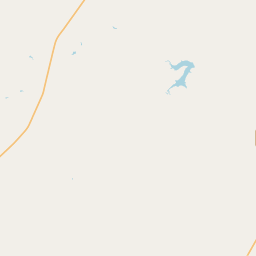Ibex







Oil drilling in the 1920s transformed this area from cattle ranches to a boomtown. In 1919, the Ibex Oil Co. drilled a successful well into the Caddo Lime formation. Soon other drilling companies came and wooden derricks spread for miles. In 1921, Ibex sold their leases to the Landreth Co. Ed Landreth built a gasoline refinery, water-powered by a dam on Hubbard Creek. Lone Star Gas, Humble Oil and other companies built facilities and dozens of employee homes. Other families slept in tents or open pastures. In the 1920s, the Ibex community had a school, grocery, dry goods, hotels, cafes, and a central phone office. The post office operated from 1923-53 before the population fell. Today, foundations and smokestacks remain from the industrial past of Ibex. (2013)
As one of the most visible programs of the Texas Historical Commission (THC), historical markers commemorate diverse topics in Texas history, including: the history and architecture of houses, commercial and public buildings, religious congregations, and military sites; events that changed the course of local and state history; and individuals who have made lasting contributions to the state, community organizations, and businesses.
Texas was once an independent country: After winning its independence from Mexico in 1836, Texas became its own country, known as the Republic of Texas. It existed as an independent nation for nine years before being annexed by the United States in 1845.
The area was originally inhabited by Native American tribes such as the Comanche and Kiowa. However, it was eventually settled by European settlers in the mid-1800s, who sought fertile land for ranching and farming. The discovery of oil in the early 20th century further boosted the local economy and brought new opportunities for growth.
During the Civil War, Shackelford County witnessed significant military activities. Confederate troops were stationed in the area, and the county saw skirmishes and battles between local troops and Union forces. After the war, the County experienced a period of reconstruction and recovery, as settlers worked to rebuild their communities and infrastructure.
In the early 20th century, Shackelford County was predominantly an agricultural and ranching community. However, the discovery of oil in the region in the 1920s transformed the local economy. Oil wells and refineries were established, attracting new industries and jobs to the area. The County experienced a period of prosperity and development during this time.
Today, Shackelford County continues to be a vibrant community with a thriving agriculture industry, supported by ranching, farming, and oil production. Its rich history is preserved and celebrated through various historical sites and museums, offering visitors and locals a glimpse into the county's past.
Shackelford County Timeline
This timeline provides a condensed summary of the historical journey of Shackelford County, Texas.
- 1858 - Shackelford County is created by the Texas Legislature from portions of Bosque, Travis, and Young counties.
- 1874 - The first settlers begin arriving in the area.
- 1875 - Fort Griffin is established as a U.S. Army outpost.
- 1878 - The county seat is moved from Fort Griffin to Albany.
- 1880 - The Texas Central Railroad extends its line to Albany, boosting the local economy.
- 1883 - The town of Moran is founded.
- 1900 - Oil and gas is discovered, leading to an economic boom in the county.
- 1940 - World War II brings an increase in military activity to the area.
- 1979 - The Shackelford County Historical Commission is established to preserve the county's history.
- 2000 - The population of Shackelford County reaches its peak, with over 3,300 residents.